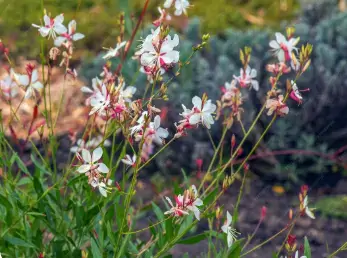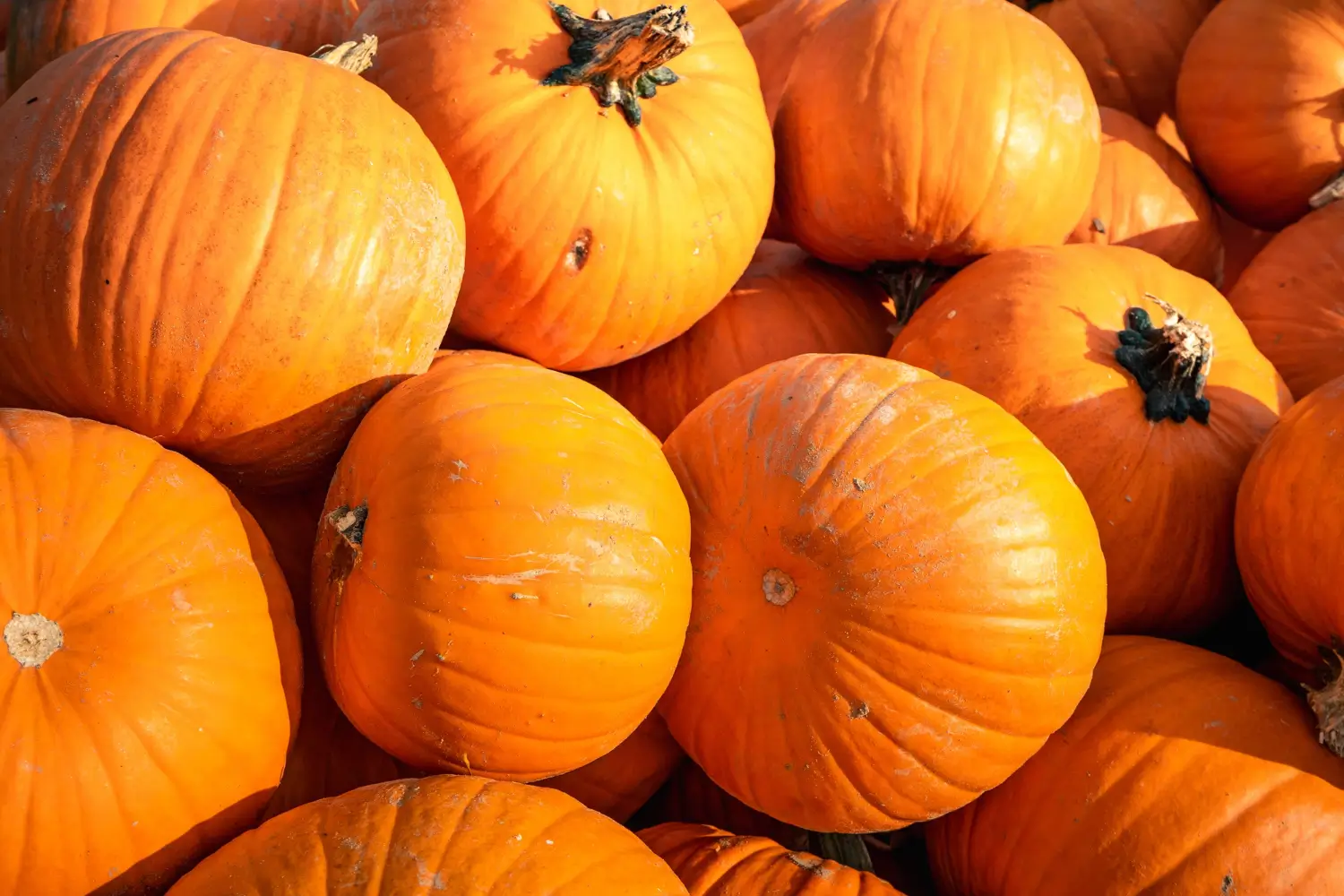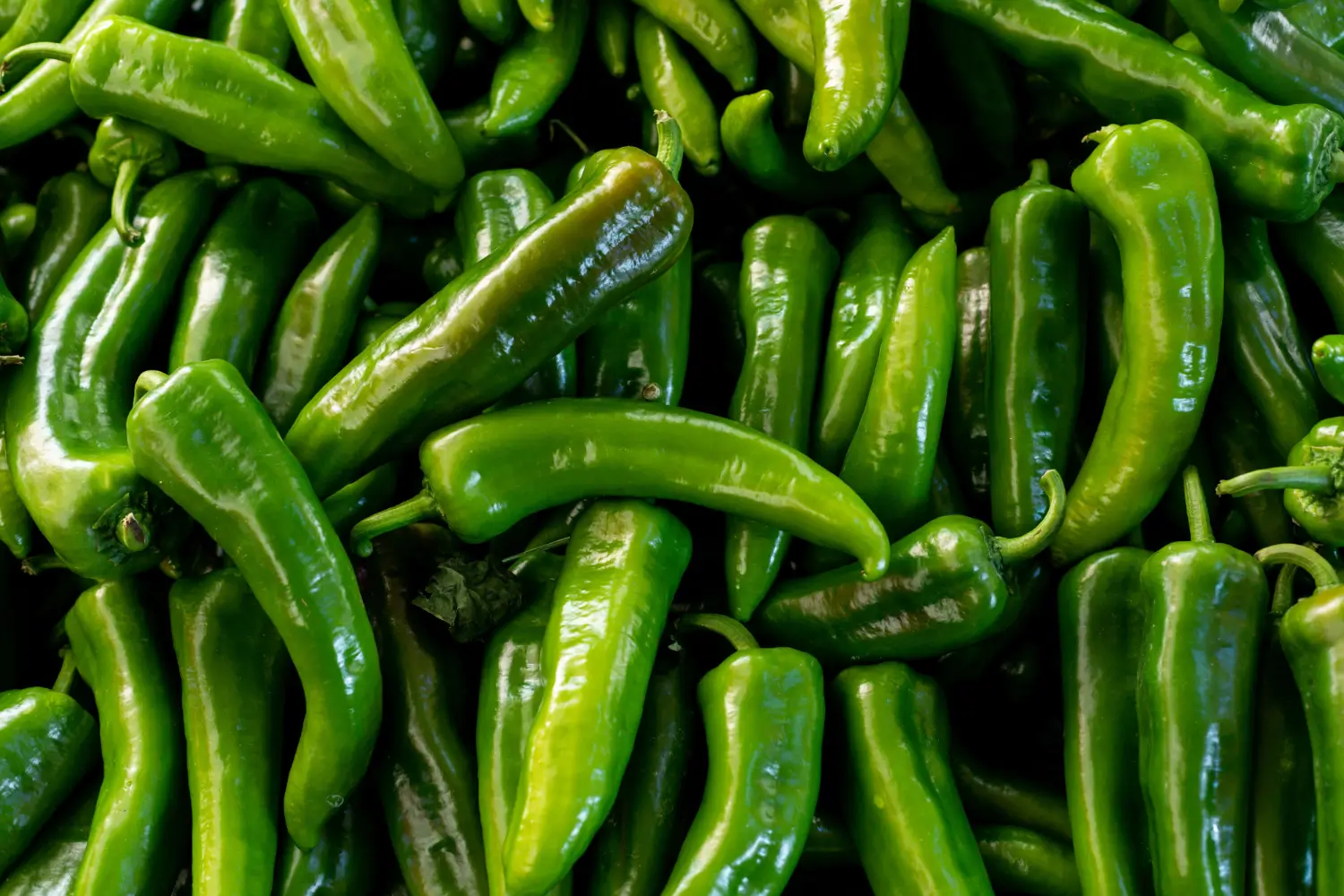
Soil Health & Fertilization
We unite suppliers and green industry professionals worldwide
Fenugreek is a cook´s all-around aromatic herb, and leaves as well as seeds are used in cooking. It has been used for thousands of years in culinary, herbal medicine and traditional remedies and holds a high ranking status across cultures globally.
By Mariam Scott
|Published on September 22, 2025


Fenugreek is a cook´s all-around aromatic herb, and leaves as well as seeds are used in cooking. It has been used for thousands of years in culinary, herbal medicine and traditional remedies and holds a high ranking status across several cultures globally. The sweet and slightly nutty aromatic seeds are small, round, golden brown ones that are ground into spice blends for curry and walking teas.
The young leaves may be eaten raw in salads with a slightly bitter flavor, or steamed much like spinach for a warm, earthy taste. This is why fenugreek, which is easy to grow and can be grown in several climates, is a popular choice both for those gardening at home as well as farmers who are looking to incorporate beauty, flavor, and medicinal benefits across one hardy plant.
| Scientific Name | Trigonella foenum-graecum |
| Common Name | Fenugreek |
| Family | Fabaceae (legume family) |
| Type | Annual herb |

September 25, 2025
9 minute read
September 24, 2025
9 minute read
September 23, 2025
10 minute read
September 22, 2025
9 minute read


Join as a seller and connect with thousands of B2B buyers nationwide!
Sign Up

Gaura
Gaura plants are long-blooming perennials that produce delicate white or pink flowers, which shimmer in the breeze. It provides a splash of color year-round, and many cultivars bloom from late spring through the end of autumn.

Habanero Red
The Habanero Red is a very hot chili pepper with a delicious, sweet, fruity flavor. This spice is greatly used in cuisines globally, particularly in the kinds of Mexican, Caribbean, as well as spicy flavors.

Jack-o’-Lantern Pumpkin
Jack-o-Lantern Pumpkin (Cucurbita pepo) is probably the most famous and loved pumpkin worldwide, especially in the fall season.

Jalapeño
The jalapeño pepper, Capsicum annuum, is one of the most widely cultivated chili peppers in the world, known and valued in part due to its moderate heat and distinctive flavor.
Fenugreek seeds have been around in human diets and medicinal practices for thousands of years. It is extensively used in India, the Middle East, and North Africa. Traditionally, it is used for digestion support, nursing mothers, and blood sugar balancing. Farmers cultivate it for food, fodder, and soil reclamation. Because of its flexibility as a crop, it can grow in several environments. Explore our herb seed collection for more versatile plants.
Fenugreek is associated with good health and prosperity in many cultures. It is generally added in most of the fancy recipes cooked for festivals and special occasions. Its seeds are enjoyed in pickles, spice mixtures and tea. In many countries, the fresh leaves are cooked and eaten as a vegetable in winter. It connects people to tradition through its flavors, creating a shared cultural experience.
Fenugreek is a herb that comes with both edible leaves and seeds. It has a pungent, complex flavor and is sweet and bitter in taste. This is unlike the flavor of most herbs. You can also sprout the seeds for fresh greens. This is unique among garden herbs.
Fenugreek is a small, upright plant that is easy to fit into a garden or pot. It produces clusters of green leaves and small white or yellow flowers. Each flower grows into a pod filled with seeds. The plant has a strong, sweet scent, especially when crushed.
Fenugreek is used fresh, dried, and ground into powder. The leaves are eaten as greens, and the seeds are used as a spice. Sprouted seeds are added to salads for extra nutrition. The plant also helps improve soil fertility by fixing nitrogen.
Fenugreek likes warm, sunny weather. It grows well in loose, well-drained soil. This plant does not need much fertilizer to do well. It can grow in both garden beds and containers. A little care will give you fresh greens and seeds in one season.
Our ultimate guide to growing herbs at home provides additional growing tips.
Fenugreek resists many common pests, but it can still be attacked. Insects may eat leaves or spread disease. Fungal problems can happen in wet conditions. Good garden care keeps the plant healthy.
Fenugreek seeds are small, hard, and angular. They are golden-brown with a distinct smell. The pods are slender and slightly curved, holding 10–20 seeds each.
Fenugreek seeds sprout quickly in warm soil. They need steady moisture but not soggy conditions. The seeds can also be soaked overnight to speed germination.
Healthy seeds give the best harvest. Fenugreek seeds stay good for years if stored well. Choose seeds that are firm and free from cracks.
Fenugreek is grown directly from seed. It does not transplant well because of its roots. Sow seeds close together for leaf harvest or farther apart for seed harvest.
Fenugreek is very easy to grow with all the basic care. These herbs grow well with other vegetables and herbs. Do not plant near the same pests.
Learn more in our Top companion plants for a thriving garden article.
Avoiding rain-soaked leaves to reduce risk of new infection by fungi. Get rid of the get-away weeds that can accommodate pests.
When young, fenugreek leaves can be harvested. Pod seeds that have turned brown and dry are ready to be collected for seeds. Cut plants and dry pods before removing seeds.
If storing seeds that have been dried, make sure they are put in an airtight container that is both dry and dark. Use them on the fly, or freeze fresh leaves quickly. Eat sprouted seeds within a couple of days.
The fenugreek plant is widely used both as a nutritious food and a natural remedy. It is simple to cultivate in pots and gardens, yielding fresh greens together with aromatic seeds. From its roots in cooking and traditional medicine, the dynamic herb simultaneously links contemporary organic gardens to old traditions. This plant can be easily grown by any gardener due to its practicality and versatility.
Yes. It thrives on a warm sunny windowsill or beneath grow lights.
Soaking fenugreek seeds before planting is optional, but it can help soften the seed coat and speed up germination.
Yes. Fresh mild young leaves can be added to a salad.

Soil Health & Fertilization
Victor Miller

Pest Identification & Prevention
Victor Miller

Lawn Care Tips & Maintenance
Victor Miller

Soil Health & Fertilization
Victor Miller

Smart Irrigation Systems
Victor Miller

Patios, Walkways & Driveways
Victor Miller

Soil Health & Fertilization
Victor Miller

Pest Identification & Prevention
Victor Miller
My Account
Our team is always here to help.
We are open Monday - Friday, 9:00 AM to 4:30 PM PST.